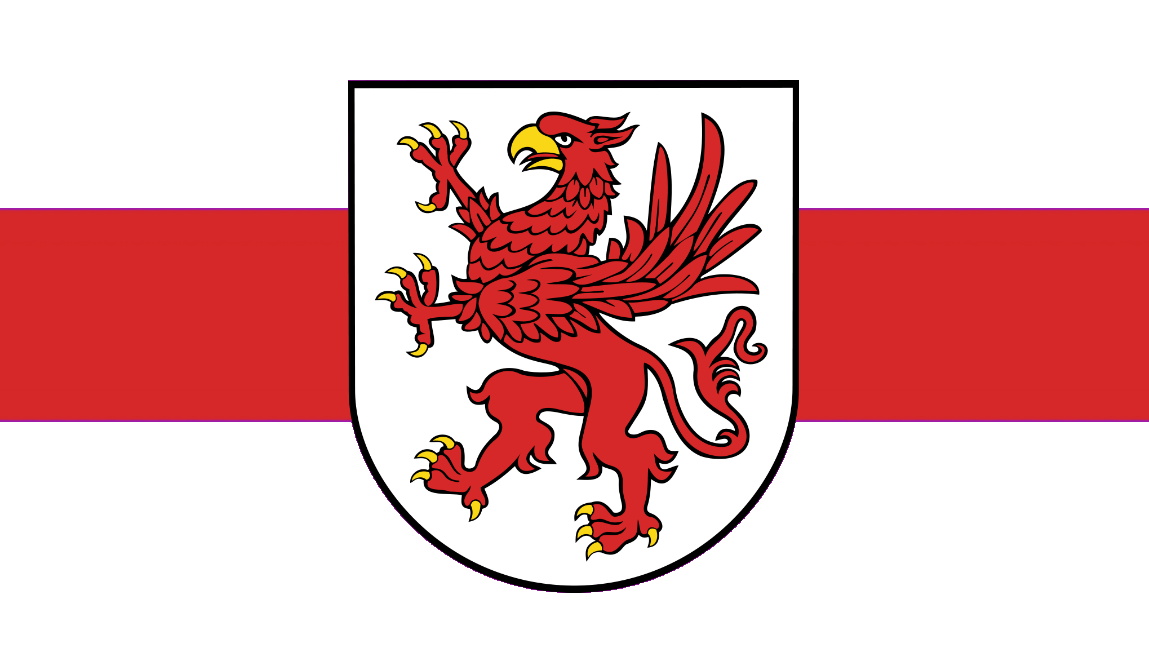Eighth England War
| Eighth England War | |||
|---|---|---|---|
| File:TBA | |||
| Video | TBA | ||
| Date | 78 CE - 79 CE | ||
| Location | British Isles | ||
| Outcome |
| ||
| Combatants | |||
| Commanders | |||
After managing to seemingly achieve stability in its new territories in the British Isles after the Seventh England War, the SYE was suddenly faced by a invasion by exiled soldiers of Alba, Éire, and Anglia, with the cities of Stirling and Liverpool being among the first to be captured by the exiled armies. The invasion spread rapidly as SYE forces rushed over from the just ended SYE-Abard War, arriving soon after Anglia had seized much of Wales and Eire had captured Cork, quickly pushing Anglia back to the Liverpool area and pushing back Eire's advances into the countryside. As the Imperial forces advanced the Auld Alliance had little hope as Anglia was quickly defeated, forcing Alba and Eire to reorganize themselves into the "Gaelic Union" to fight back against the enemy counteroffensives. The SYE first put its focus on destroying the Gaelic forces in Scotland, launching a major offensive which Alba barely managed to hold off with the usage of traps and superior tactics, though Eire faced much more success as the entirety of Ireland was soon secured under their rule. The SYE army retreated at the face of a major Alban counteroffensive, forcing them to pull back and fortify the former Scottish-English border, only managing to push back to Edinburgh and Dundee before a stalemate set in.
The Anti Sizzle-Yetia Coalition considered involvement, though they remained unprepared. What caught more interest to them was a group of Anti-SYE insurgents in Yetia that had fled abroad after being hunted down due to aligning themselves with a member of the House of Yetevia, with this group offering an alliance with Sipedro, which was accepted to avoid them being captured and killed by the SYE.
With the Scottish front no longer moving, the SYE decided to take a different approach by attacking into Ireland after conquering the Isle of Mann, soon occupying most of the southern area of the island after successfully navally invading thru Wexford and Cork.
